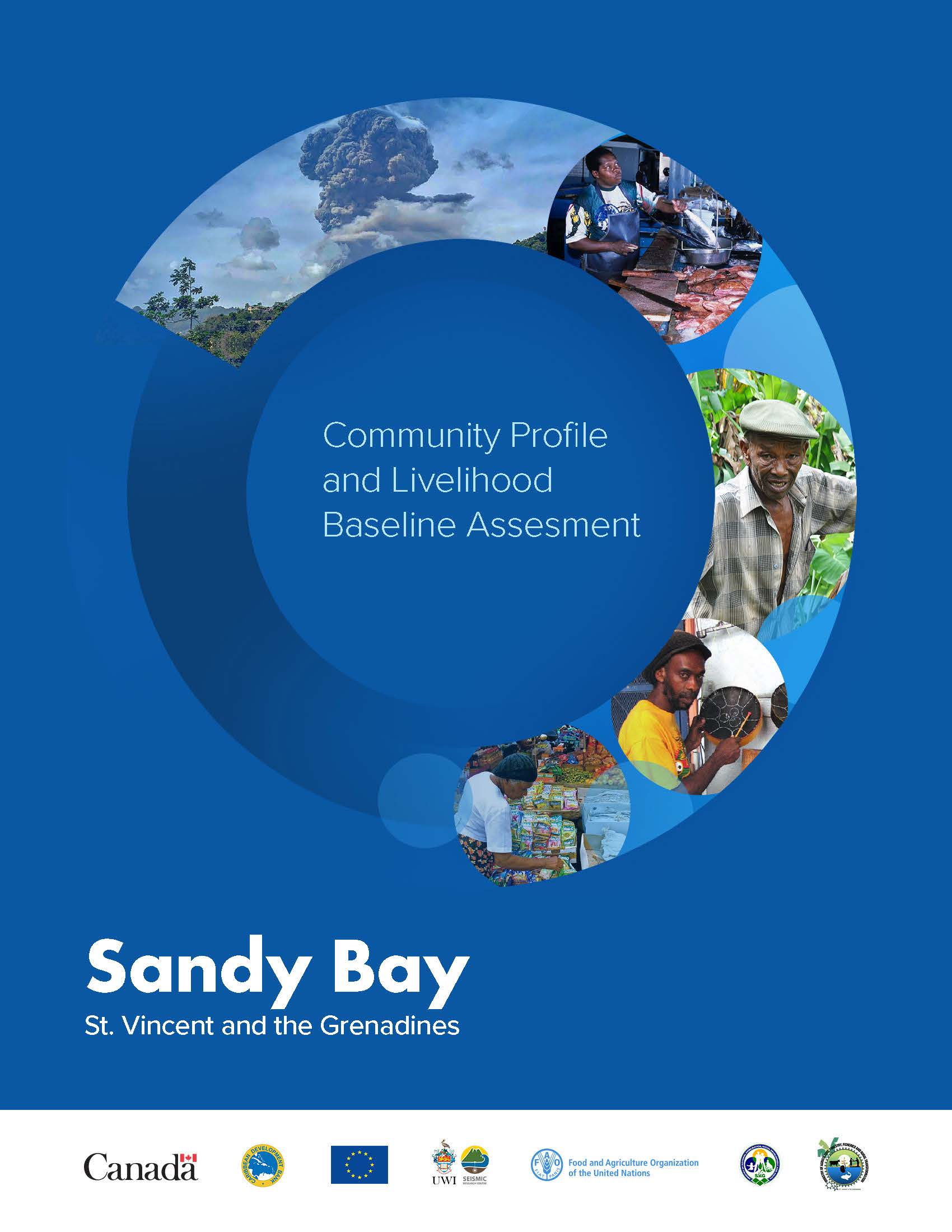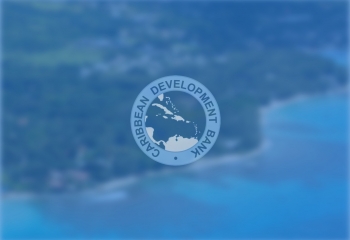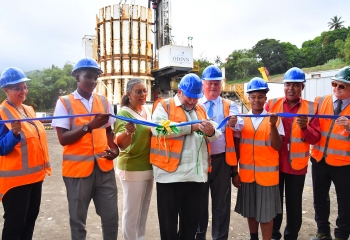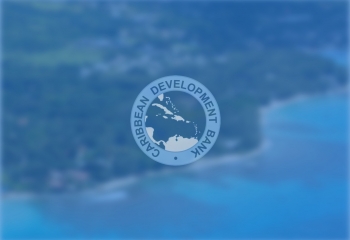
In 2019, the Livelihood Based Assessment and Contingency Planning approach was applied in St. Vincent and the Grenadines to provide pre-disaster livelihood information for eleven communities involved in the Volcano Ready Communities in the St. Vincent and the Grenadines (VRC in SVG) project.
Data were collected during the hours of 8am and 4pm October 1st, 2019 using a convenience sample of residents of the community. Twenty-two (22) persons were interviewed.
Sandy Bay falls within the Sandy Bay Census Division. Geographically, its coordinates are 13° 21’ 0” North, 61° 8’ 0” West and its original name (with diacritics) is New Sandy Bay Village. It is within the North Windward area. According to the 2012 population and housing census, the population of the administrative Division of Sandy Bay Community is Two Thousand and seventy-six (2576). This figure is inclusive of the Communities of Sandy Bay, Owia Point, and Fancy. The Census Division of Sandy bay has an Estimated 661 household with a population of Two Thousand five hundred and seventy-six (2576).
Chapter 3 provides an overview of the socio-demographic profile of Sandy Bay as well as its spatial and locational situation. Chapter 4 provides an overview of its governance structure. Chapter 5 presents an economic overview of the community.
Chapter 6 is a profile of the main hazards that impact the community most directly while Chapter 7 outlines the impact of the April 2021 volcanic eruption.
In Chapter 8, the outcome of the Livelihood Baseline Assessment is detailed and includes a profile of community livelihoods and resources. The focus is primarily on agricultural livelihoods. Chapter 9 looks at the type of coping strategies that are employed to deal with hazard impacts on agricultural livelihoods.
Chapter 10 outlines the key response typologies and contingency measures that should be put in place in the event of any disaster.
The Annexes present the damage and loss cost estimates for the agricultural assets, should a disaster occur, as well as the sources of information that were consulted.


